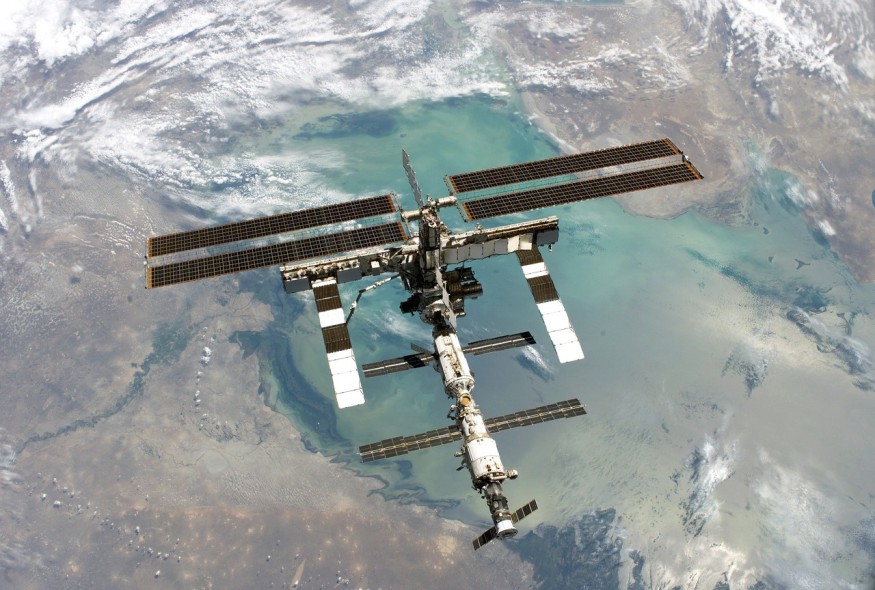Mutant bacteria, with high resistance to modern drugs, were found at the International Space Station (ISS), it was reported in April 2024. The discovery is according to a new scientific paper led by the National Aeronautics Space Administration (NASA), showing that a bacterial species, called Enterobacter bugandensis, has been isolated at the space station and is currently being studied.
Seemingly straight out of a sci-fi movie, the presence of the ISS bacteria confirms previous assertions that the pathogen can live even in closed human-built environments such as a space station. These extreme environments are known to have weak gravity, radiation, and increased carbon dioxide levels. The findings of the study also prove that microorganisms can adapt to survive, even in space.
Mutant Bacteria on ISS

In its recent report, NASA said that the mutant bacteria found on the ISS are different from their counterparts on Earth, suggesting that space environments can lead to unique biological reactions. One of the reasons for this conclusion is when researchers put the bacterium E. bugandensis under stress, its strains aboard the ISS mutated and became different in terms of genetics and functionality.
The US space agency also found that the drug-resilient ISS bacteria can persist for a prolonged period of time and with significant abundance. It is also during this period when E. bugandensis and its strains are able to coexist with other microorganisms. There are also cases when the bacteria species could have helped these microbes survive at the space station, the report says.
The research paper, which the NASA report based on, is led by Dr. Kasthuri Venkateswaran, a principal investigator of the agency's Jet Propulsion Laboratory. The research provides insight to further understanding microbes on space stations and can pave the way for preventative measures for astronaut health.
Also Read : Deadly Superbug from Pigs Can Spread to Humans in a Rare Case of Zoonotic Transmission: New Study
Can Animals Survive in Space?
In previous experimental research, NASA concluded that microbes can survive in the vacuum of space but they can also thrive in this setting, as reported by the American Society for Microbiology (ASM). Before these findings, scientists previously thought that space, consisting of cosmic radiation with microgravity, was an extremely inhospitable habitat for life on Earth.
However, other experimental studies in the past have shown that even extremely small or microscopic animals such as tardigrades can also survive in space. Also called water bears or moss piglets, tardigrades (Tardigrada) are best known for their resilience in some of the world's harshest conditions such as extreme heat and cold, radioactive environments, and volcanic areas.
Over the decades, various animals have been launched into space 'in the name of science.' These animals include apes, dogs, cats, monkeys, rodents, fish, frogs, and spiders. In 1957, the first animal or creature to make an orbit spaceflight around Earth was a dog named Laika, but she eventually died in space. Despite this feat, tardigrades are the only known animals that can survive outer space.
© 2025 NatureWorldNews.com All rights reserved. Do not reproduce without permission.





